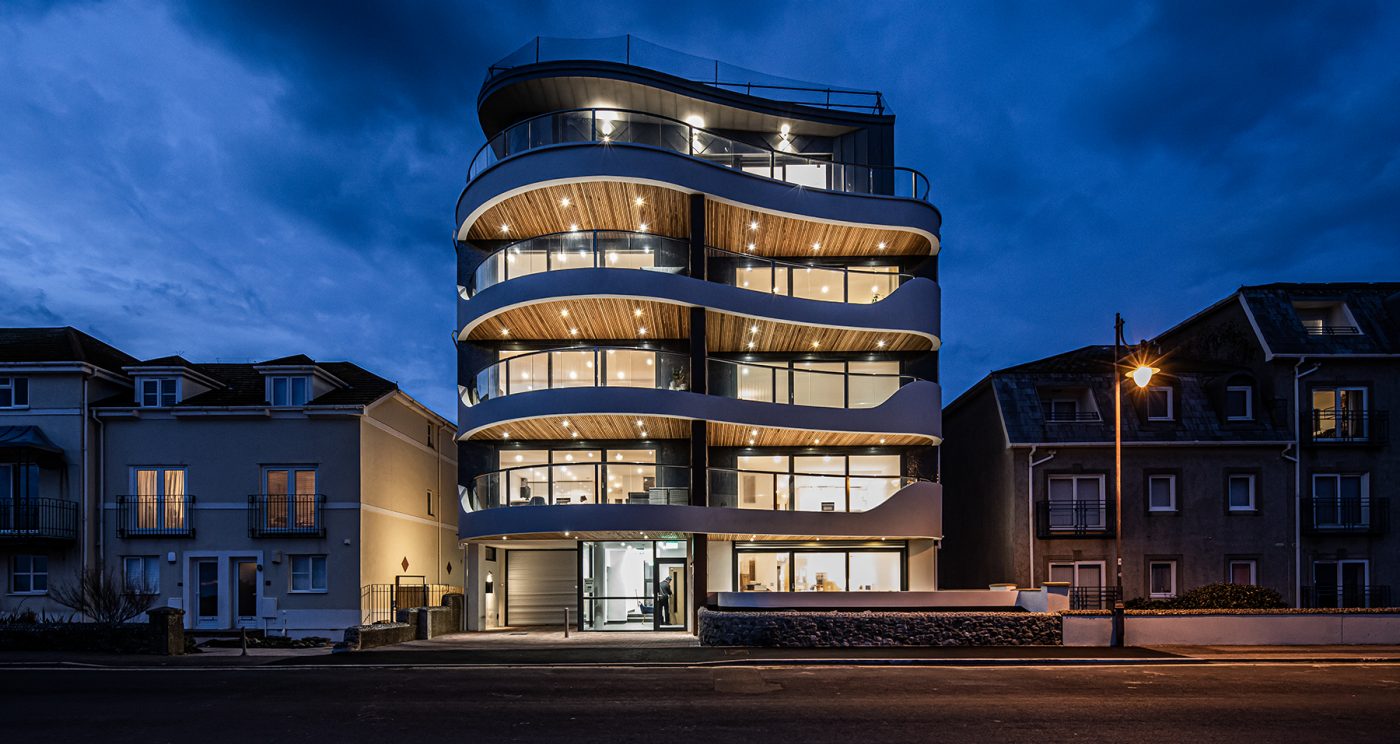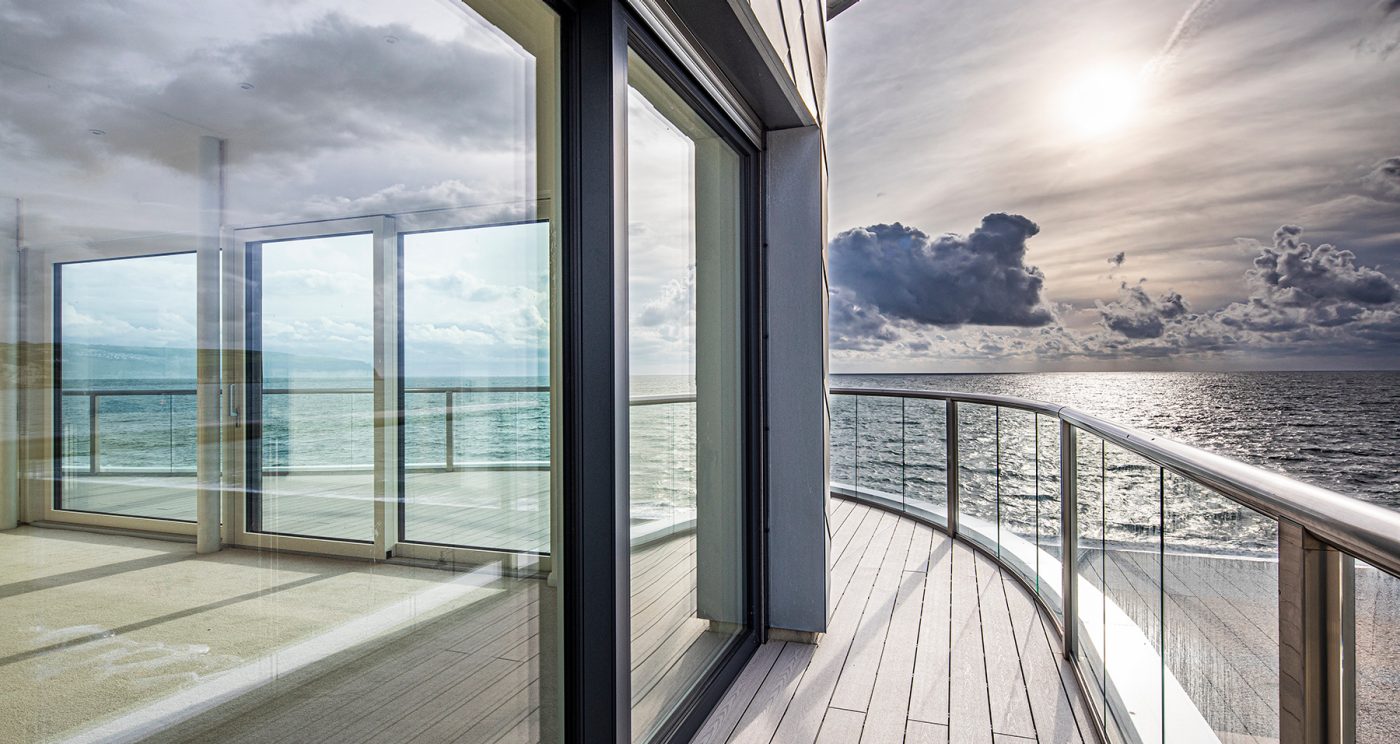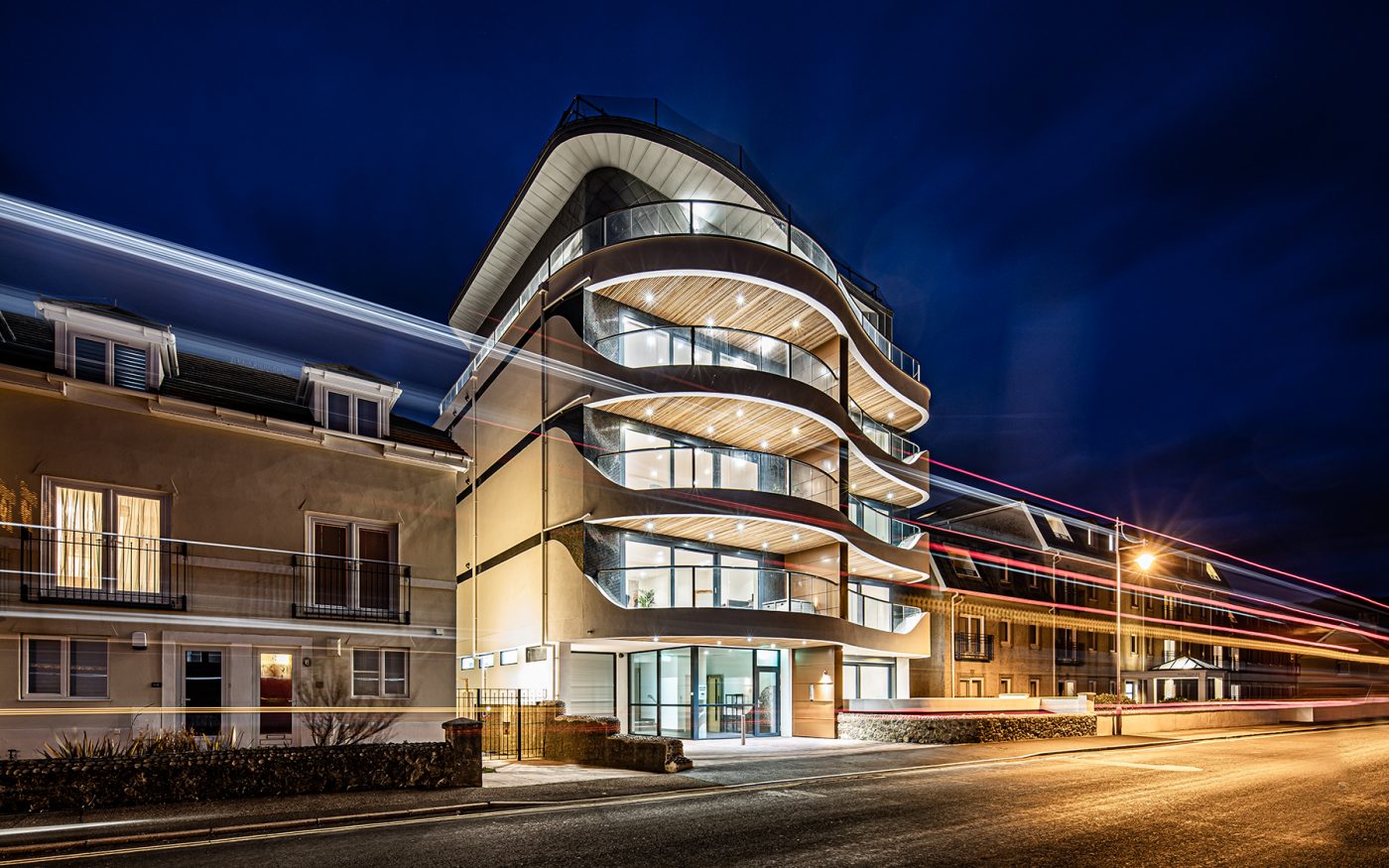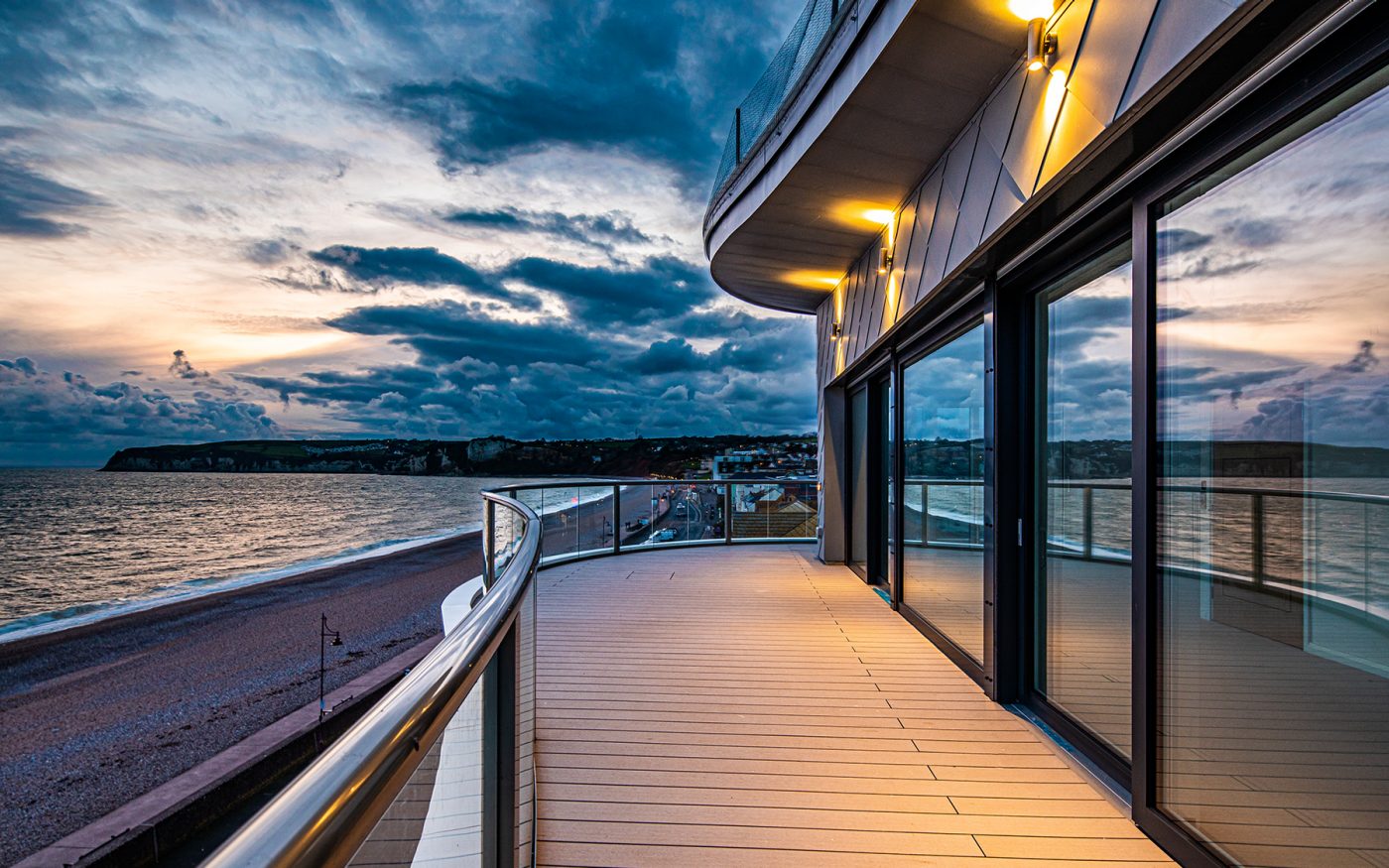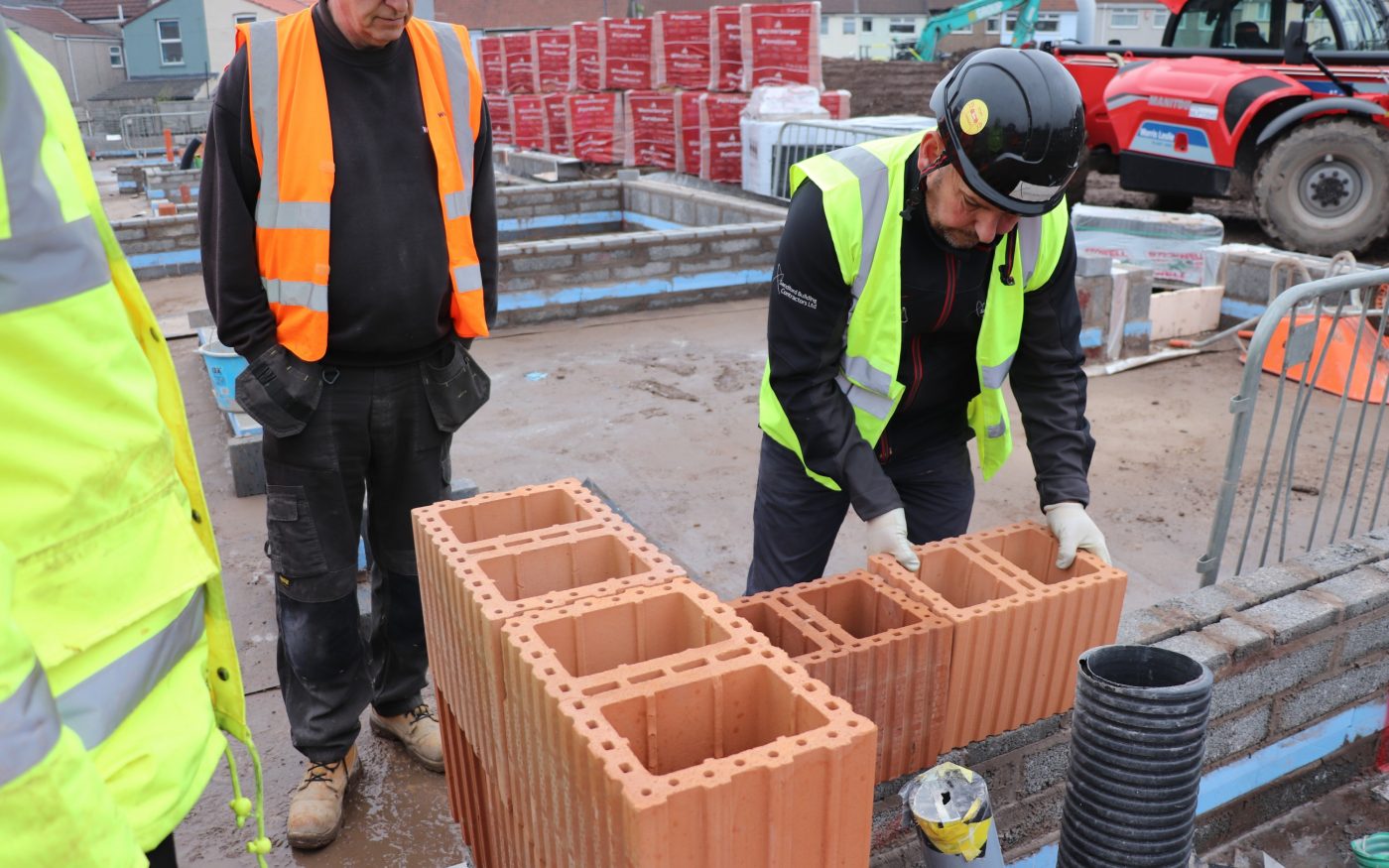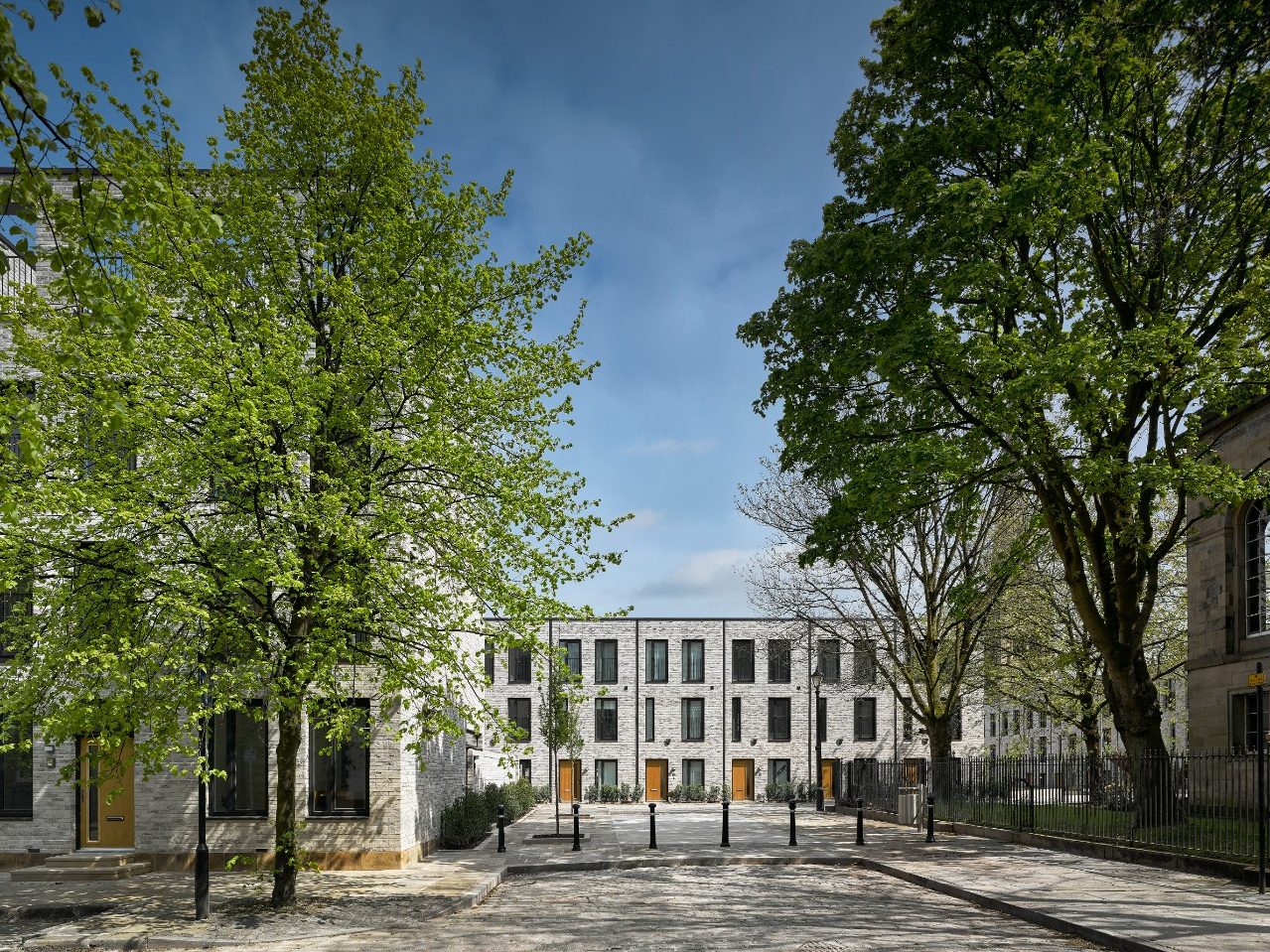This article was published February 2022
As the construction industry strives to “build back better” after the pandemic, responding to another global crisis – climate change – is vital. Transformative change is needed to achieve net-zero carbon emissions in the built environment, but it won’t happen overnight. The uplift to standards in Part L of the Building Regulations is a positive step towards achieving the Future Homes and Buildings Standard, on the road towards the net-zero, nature-positive and healthier built environment of the future.
Why has Part L of the Building Regulations been changed?
The construction industry, like most other sectors, is realising the critical importance of combatting climate change, with pressure from consumers and governments to do more to reduce carbon emissions. The built environment accounts for roughly 40% of UK greenhouse gas emissions, with around 14% of this coming from the 28 million homes in the UK, according to the Climate Change Committee.
The Future Homes Standard is designed to bring these levels down. The government hopes the standard will go some way towards tackling climate change, and act as a roadmap for the industry and homeowners to reach its net zero target for 2050. The changes to Part L are a positive step towards this Future Homes Standard.
In addition, making homes more energy efficient doesn’t just benefit the environment. It helps reduce running costs and energy bills for residents, which is vital at a time when the cost of heating our homes is top of consumers’ minds. According to the End Fuel Poverty Coalition, more than one in four UK households will be in fuel poverty once the latest energy price cap rise comes into effect – so providing people with energy-efficient homes will be critical in the short and long-term.
That also links to the Town and Country Planning Association’s campaign for Healthy Homes. The Association has developed legislation that aims to introduce ‘healthy home principles’ that provide for residents’ physical and mental health, including access to green space, local services and clean air. If their proposed Bill becomes law, it will introduce legal requirements designed to protect residents’ wellbeing and prevent the construction of what they call ‘slums of the future’.
Essentially, what all this means is that the industry needs to fundamentally rethink how the built environment looks and functions for those living and working in it. The first step towards that future is the uplift to Part L.
How has Part L changed?
There are now four key compliance metrics that housebuilders will need to adhere to as part of the uplift to Part L of the Building Regulations, which will come into force in June 2022:
- Target Primary Energy Rate (kWhPE/m2/year), which relates to the energy consumed by the dwelling, influenced by the choice of fabric and fuel type
- Target Emission Rate (kgCO2e/m2/year), which sets a minimum standard for CO2 emissions from the dwelling. It is influenced by both the dwelling’s fabric and the fuel type
- Target Fabric Efficiency Rate (kWh/m2/year), which relates to the fabric energy efficiency of a dwelling, and is influenced by the choice of fabric only
- Enhanced U-values for fabric elements, representing the minimum standards that should contribute to the achieving the Target Fabric Efficiency Rate.
However, there are transitional arrangements in place to help businesses adjust to the new uplift to Part L. If a building notice, initial notice, or full plans for building work are submitted to a local authority before 15th June 2022, work on that building can continue under previous standards – provided the work commences by 15th June 2023.
Adopting a ‘Fabric First’ approach for Part L compliance
Some of the changes to Part L are significant and will have far-reaching implications for the way you design, plan and build. To adhere to Part L 2021 and subsequently the Future Homes Standard, the industry needs to adopt a ‘Fabric First’ approach, specifying the optimum building materials from the start. This approach focuses on the selection of high performing fabric materials to reduce energy demand for heating, cooling, ventilation, hot water and lighting, which in turn reduce the dwelling’s operational emissions.
For example, the UK’s first certified Passivhaus Plus multi-residential building, Seaton Beach, was designed from a a Fabric First approach. Right from initial feasibility the client, Mike Webb at Seaton Beach Developments Ltd wanted the project to meet the highest standards of energy efficiency, as well as prioritising the health and wellbeing of its residents. The architects specified Porotherm clay block walling system , and combined it with a high-performing external render. This resulted in a full mineral wall build up which helped to regulate internal humidity and promote optimum indoor air quality. The award-winning design of the building also incorporates renewable energy generation, with residents feeling the benefit of reduced energy bills.
